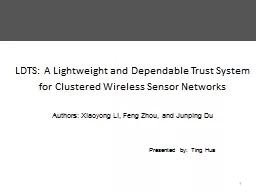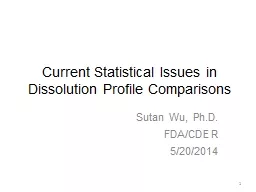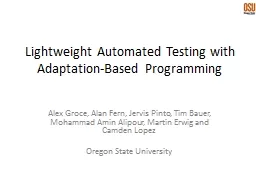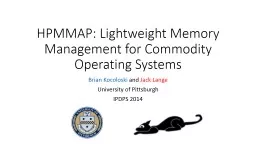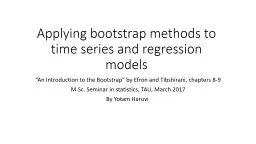PPT-LIBI: The Lightweight Infrastructure-Bootstrapping Infrastructure
Author : discoverfe | Published Date : 2020-10-01
Joshua Goehner and Dorian Arnold University of New Mexico In collaboration with LLNL and U of Wisconsin Key statistics from Top500 Nov 2011 149500 30 more than
Presentation Embed Code
Download Presentation
Download Presentation The PPT/PDF document "LIBI: The Lightweight Infrastructure-Boo..." is the property of its rightful owner. Permission is granted to download and print the materials on this website for personal, non-commercial use only, and to display it on your personal computer provided you do not modify the materials and that you retain all copyright notices contained in the materials. By downloading content from our website, you accept the terms of this agreement.
LIBI: The Lightweight Infrastructure-Bootstrapping Infrastructure: Transcript
Download Rules Of Document
"LIBI: The Lightweight Infrastructure-Bootstrapping Infrastructure"The content belongs to its owner. You may download and print it for personal use, without modification, and keep all copyright notices. By downloading, you agree to these terms.
Related Documents


